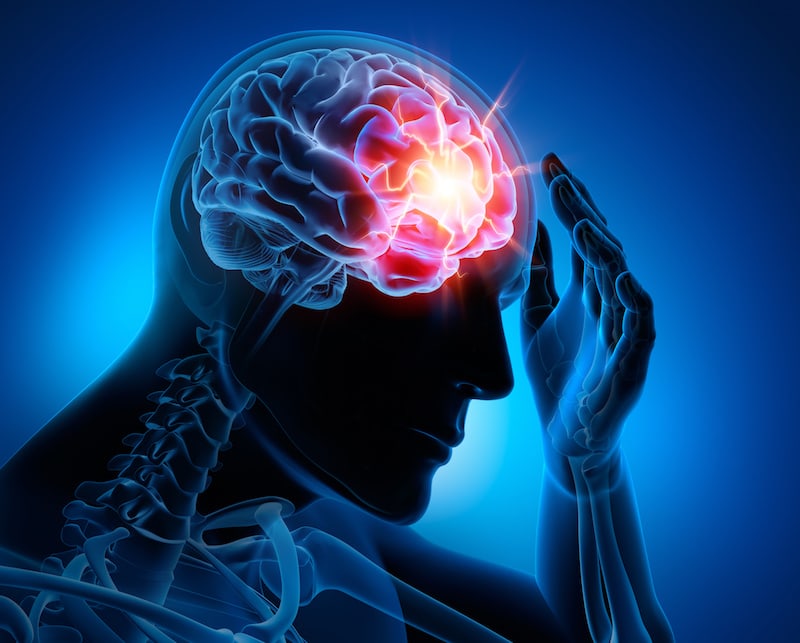Brain aneurysms are actually the medical term for an aneurysm that develops inside the brain is an intracranial or cerebral aneurysm. An aneurysm is a bulge in a blood vessel caused by a weakness in the blood vessel wall, usually where it branches. Most brain aneurysms only cause noticeable symptoms if they burst.
This leads to an extremely serious condition known as a ‘subarachnoid hemorrhage’, where bleeding caused by the ruptured aneurysm can cause extensive brain damage and symptoms. A ruptured aneurysm quickly becomes life-threatening and requires prompt medical treatment. These are the symptoms and causes.

Ruptured Aneurysm
A sudden, severe headache is the key symptom of a ruptured aneurysm. This headache is often described as the worst headache ever experienced. Common signs and symptoms of a ruptured aneurysm include:
- Sudden, extremely severe headache
- Nausea and vomiting
- Stiff neck
- Blurred or double vision
- Sensitivity to light
- Seizure
- A drooping eyelid
- Loss of consciousness
- Confusion
‘Leaking’ Aneurysm
In some cases, an aneurysm may leak a slight amount of blood. A more severe rupture often follows leaking. This leaking may cause only a:
- Sudden, extremely severe headache
Unruptured Aneurysm
An unruptured brain aneurysm may produce no symptoms, particularly if it’s small. However, a larger unruptured aneurysm may press on brain tissues and nerves, possibly causing:
- Pain above and behind one eye
- A dilated pupil
- Change in vision or double vision
- Numbness of one side of the face
Sources: Mayo Clinic.









Leave a Comment